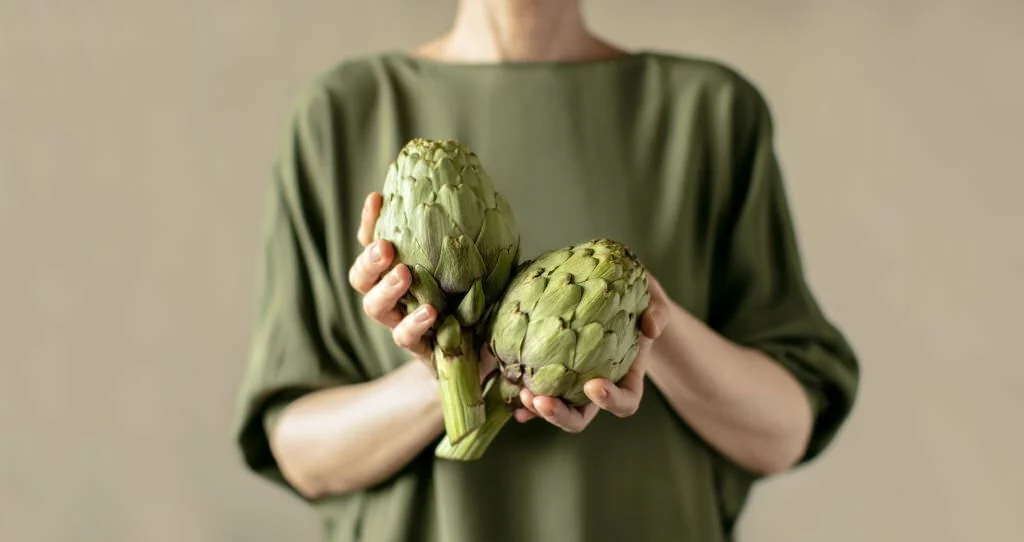Artichokes, with their unique flavor and versatile culinary applications, are a prized addition to many kitchens. However, the journey from market to meal necessitates an understanding of the shelf life of these intriguing vegetables. As consumers, knowing how long artichokes remain fresh and how to extend their life is essential for optimizing their flavor and nutritional value. In this article, we delve into the factors influencing the longevity of artichokes, exploring the nuances of storage, signs of spoilage, and methods to preserve their freshness. Whether you’re a seasoned cook or a curious consumer, unraveling the mysteries of artichoke shelf life can elevate your culinary experience.
The Shelf Life of Fresh Artichokes
Fresh artichokes, when properly handled and stored, boast a commendable shelf life. On average, artichokes can last anywhere from one to two weeks under optimal conditions. However, several factors contribute to the longevity of their freshness. The first critical element is the quality of the artichoke at the time of purchase. Selecting firm, compact artichokes with tightly closed leaves is indicative of freshness. Avoiding artichokes with browning or wilting leaves is crucial, as these may have already begun to spoil.
Once acquired, proper storage is paramount. Refrigeration is the key to extending the shelf life of fresh artichokes. Store them in the vegetable crisper drawer of the refrigerator, ideally in a perforated plastic bag to maintain the necessary humidity. Refrigeration helps slow down the enzymatic processes that contribute to spoilage.
Understanding the typical shelf life of fresh artichokes and the conditions that influence it sets the stage for ensuring a delightful and flavorful culinary experience. In the following sections, we’ll explore in detail the nuances of proper storage, signs of spoilage, and strategies to make the most of these delectable vegetables.
Storage Conditions for Artichokes
Proper storage conditions are pivotal in preserving the freshness and flavor of artichokes. Once you’ve brought these green gems home, it’s essential to store them in the refrigerator to slow down the natural aging process. Place the artichokes in the vegetable crisper drawer, ensuring they are not exposed to direct cold air, as this can lead to dehydration and diminished quality. For an added layer of protection, consider placing them in a perforated plastic bag. The perforations maintain the necessary humidity while preventing excess moisture, striking a delicate balance that aids in prolonging the shelf life of artichokes.
Furthermore, proper handling before storage is crucial. Trim any excess stem, leaving about an inch attached, and remove any outer leaves that appear wilted or discolored. This preparation minimizes the potential for ethylene gas production, a natural byproduct that accelerates ripening and can adversely affect the quality of neighboring produce. By adhering to these storage conditions, you can maximize the longevity of your artichokes and enjoy their crispness and flavor in various culinary creations.
Signs of Artichoke Spoilage
Recognizing the signs of artichoke spoilage is essential for preventing the consumption of deteriorated produce. Visual cues are primary indicators of freshness or spoilage. Check for changes in color, particularly browning or yellowing of the leaves, as these are signs that the artichoke may be past its prime. Additionally, observe the overall texture and firmness; fresh artichokes should feel firm and weighty in your hand.
Another sensory cue is the aroma. A fresh artichoke emits a mild, earthy scent, while a sour or unpleasant odor may indicate spoilage. As artichokes age, their leaves may also start to separate or open, signaling a decline in quality. By attentively examining these visual and sensory indicators, you can confidently determine the freshness of your artichokes and make informed decisions when incorporating them into your culinary endeavors. In the subsequent sections, we explore methods to extend the life of artichokes and creative ways to utilize them, ensuring that each one contributes to a delightful dining experience.
Extending the Life of Artichokes
While the natural shelf life of fresh artichokes is limited, there are strategies to extend their usability and ensure you make the most of these delectable vegetables. One effective method is to expedite their consumption. Incorporating artichokes into your meals promptly after purchase reduces the risk of spoilage. However, if you find yourself with more artichokes than you can consume within their optimal freshness window, consider preservation methods.
Cooking and consuming artichokes promptly is an excellent way to enjoy them at their peak. When faced with surplus artichokes, explore methods such as pickling or canning, which not only extend their shelf life but also introduce new flavors and textures to your culinary repertoire. By creatively integrating artichokes into various recipes, you can savor their unique taste for an extended period.
Conclusion
In the journey from market to table, understanding the nuances of artichoke shelf life is integral to culinary success. We’ve explored the factors influencing the longevity of fresh artichokes, from selection to storage and beyond. By adhering to proper storage conditions, recognizing signs of spoilage, and employing creative culinary solutions, you can elevate your experience with artichokes and ensure that each one contributes to a vibrant and delicious meal.
As you embark on your culinary adventures with artichokes, remember that freshness is key. Choose wisely at the store, store them properly at home, and be attentive to signs of spoilage. By doing so, you not only extend the life of these delightful vegetables but also guarantee that each artichoke brings its unique flair to your dining table.



